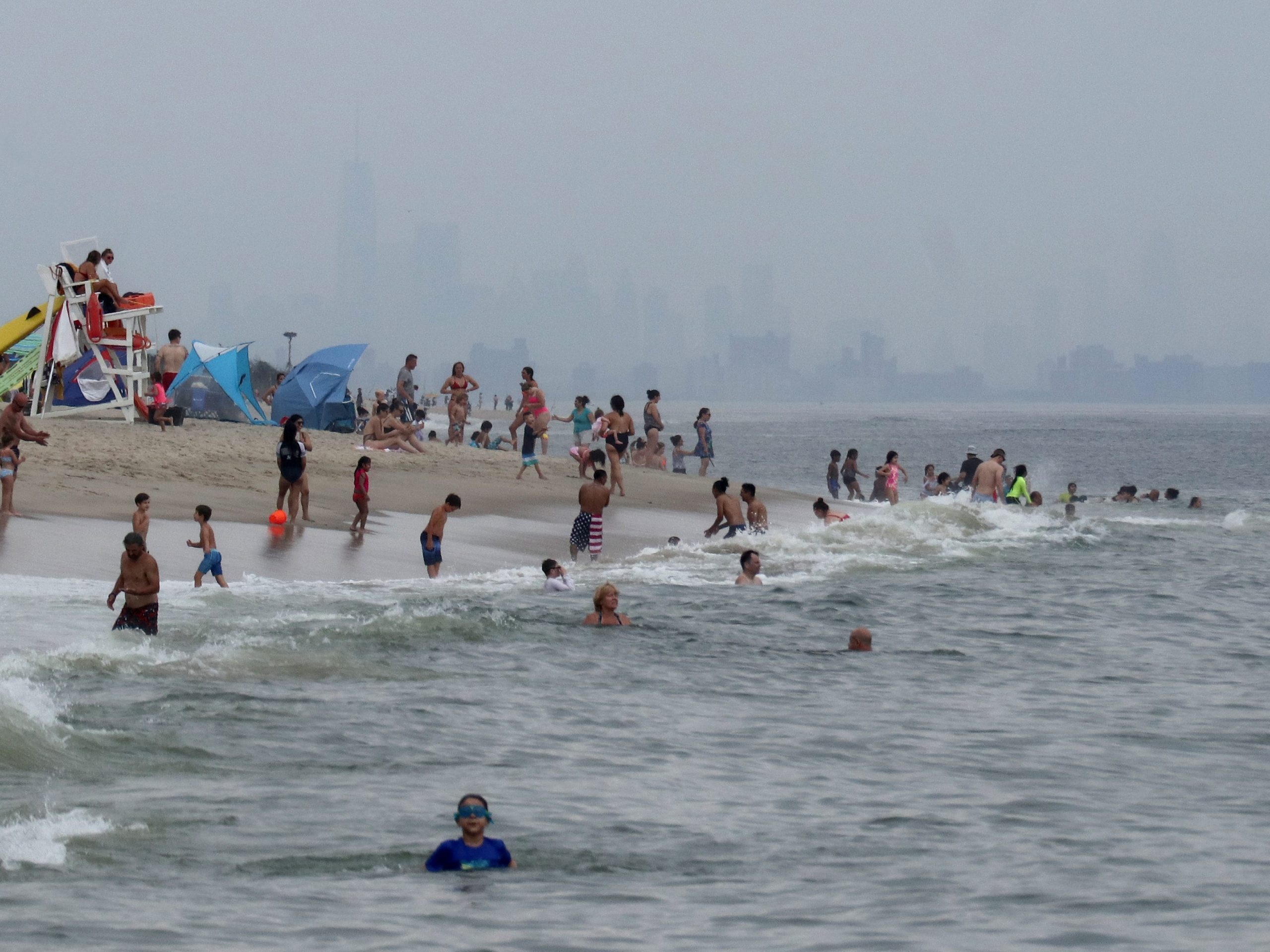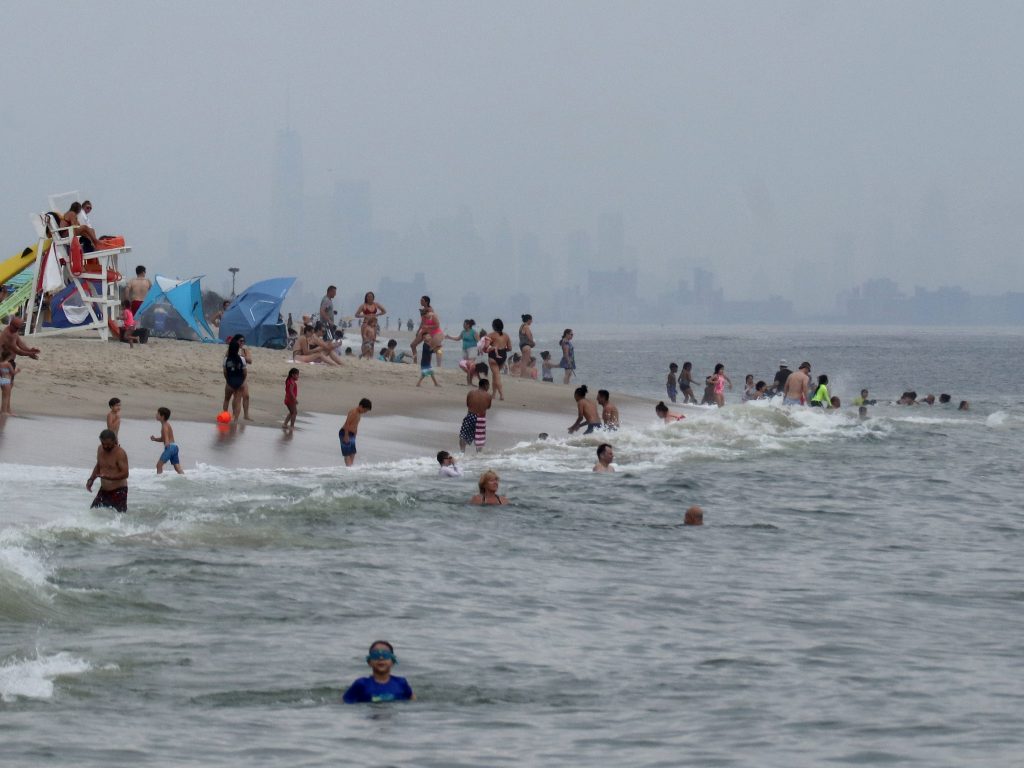
Gary Hershorn/Getty Images
- Beachgoers at the Jersey Shore have been advised to keep a lookout for syringes in the sand.
- Cleanup crews say they picked up dozens of needles on the beach over the weekend.
- New Jersey authorities temporarily closed the two beaches on Sunday
- Visit Insider's homepage for more stories.
People flocking to the Jersey Shore have been cautioned to watch out for hypodermic needles on the beaches.
Beach-goers said they found "dozens" of syringes in the sand at Monmouth Beach and Seven Presidents Oceanfront Park, per NBC New York.
More than a hundred syringes were picked up at Seven Presidents over the weekend, beach cleanup workers told NBC.
-Brian Thompson (@brian4NY) July 11, 2021
New Jersey authorities temporarily closed the two beaches on Sunday, reported Asbury Park Press, a daily newspaper in the New Jersey Monmouth and Ocean counties.
Monmouth Beach reopened the beach on Monday, per NBC. Seven Presidents Oceanfront Park gave the go-ahead to visit the beach on July 12 on its website.
It is currently unclear where the waste came from. But Cindy Zipf, executive director of New Jersey beach cleanup group Clean Ocean Action, speculated that the syringes could have been flushed down the toilet before washing up on Jersey's beaches during Tropical Storm Elsa.
"When we have a deluge like we had recently, it cleans the pipes and shoots a mass of garbage, medical waste, needles, and plastics into the waterways," Zipf told NBC New York. "This is a massive cocktail of sewage and street filth, and whatever anybody flushes down their toilet or sinks."
This is not the first time needles have been found on the Jersey shore. The beaches were closed for a day in 2019, when a load of medical debris, including syringes, washed ashore. At the time, Clean Action Ocean told local news outlet NJ.com that their cleanup teams were constantly finding syringes, noting that 395 needles were picked up on the beach in 2017.
In 1998, The New York Times reported that syringes and vials of blood were washing up on shorefronts of Staten Island, Long Island, and Queens, puzzling the authorities.
